It’s a rainy Tuesday afternoon: thunder is raging overhead and I am sitting in the lounge of a 64 year old man. He sits opposite me, looking older than his years. He is dressed casually and wears a US Polo Association cap on his head. He is blind in one eye and has a hearing impairment. He talks of his brother, a man he lost almost 20 years ago. The lounge is understated, decorated in white and features a wooden desk, a small sofa, a Christmas tree, and a large bookcase. Photographs hang on the wall.
The window is shattered by a single bullet hole.
One of the pictures adorning the wall is a ‘Wanted’ poster featuring two men, both with the price of $10,000,000 US on their heads. One of the men from the poster is now sitting in the same room as me. He is much older than in the picture. The other is the dead brother that he speaks of so fondly.
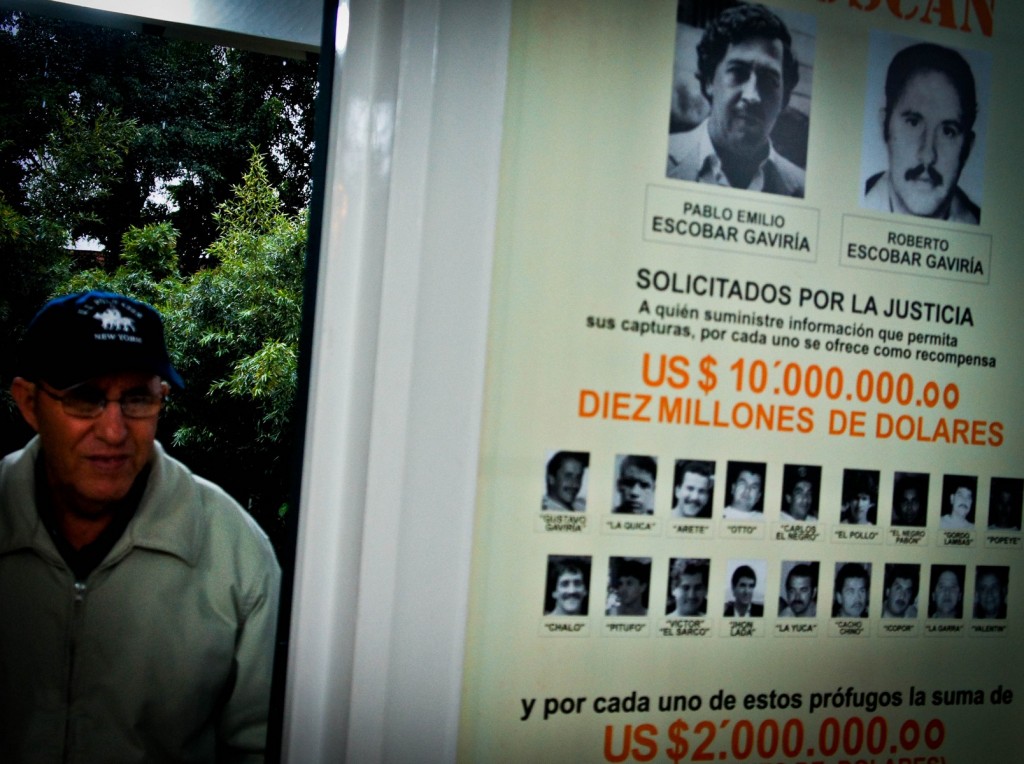
The frail man sitting opposite me is Roberto Escobar and his brother was once the world’s Most Wanted drug trafficker, Pablo Escobar. The bookcase swings round to reveal a secret hiding place—containing two oxygen tanks—just big enough for two people to hide for a few days, and the hollowed out desk legs are big enough to stash $2,000,000. Roberto’s injuries are the result of a mail bomb which exploded in his hands, and the bullet hole in the window was caused by a failed kidnap attempt in 2010.
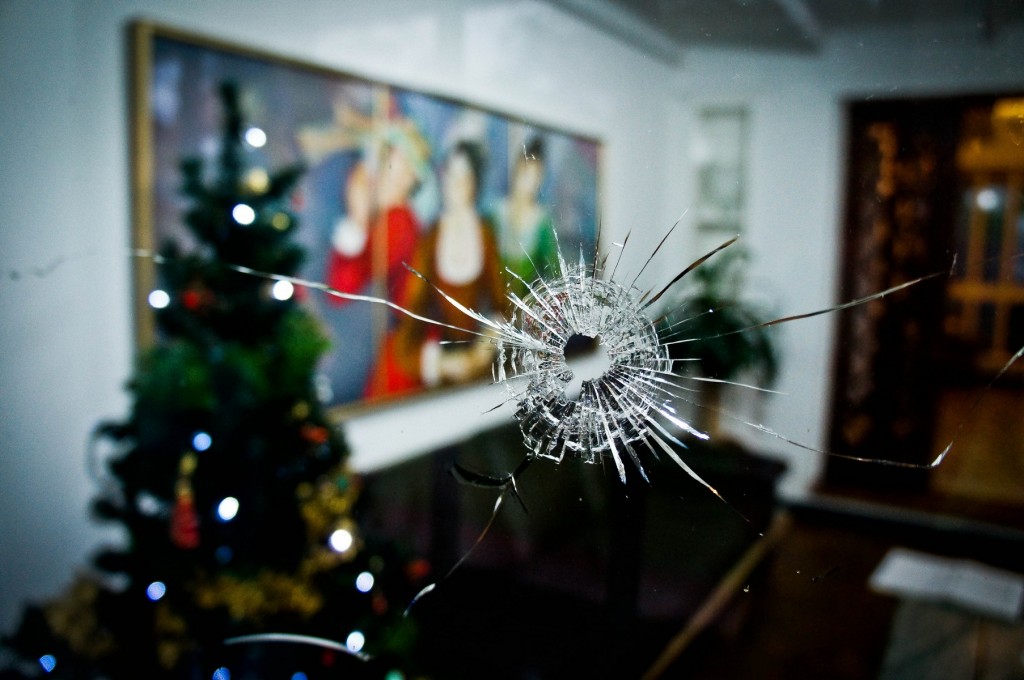
Roberto, who once had a promising career in cycling, became the accountant for the Medellin Cartel and was serving a prison sentence when Pablo was killed on December 2nd 1993. Despite the prison separation, Roberto explains how he maintained contact with his brother through the use of specially adapted shoes which concealed letters in the soles. When Roberto received visitors in the prison they would quite simply exchange shoes under the table. A year previously Roberto had been involved in Pablo’s dramatic escape from La Catedral – the self-made prison from which Escobar continued to manipulate his businesses.
After his imprisonment, Roberto was released in 2005 and now lives in a respectable area of Medellin as a free man. He welcomes tourists into his home every day as part of the ‘Escobar Tour’. This tour involves a visit to Dallas – the building from which the Medellin Cartel operated at the height of their power – as well as the grave of Pablo Escobar, and the area where he was killed (this part of the tour is skipped in December and January when the Christmas lights make the area inaccessible by road). The final, and best, part of the tour is the visit to Roberto’s home where guests are invited to pose on Pablo’s Harley, wear the hat from the famous prison picture, and buy copies of the Wanted poster.
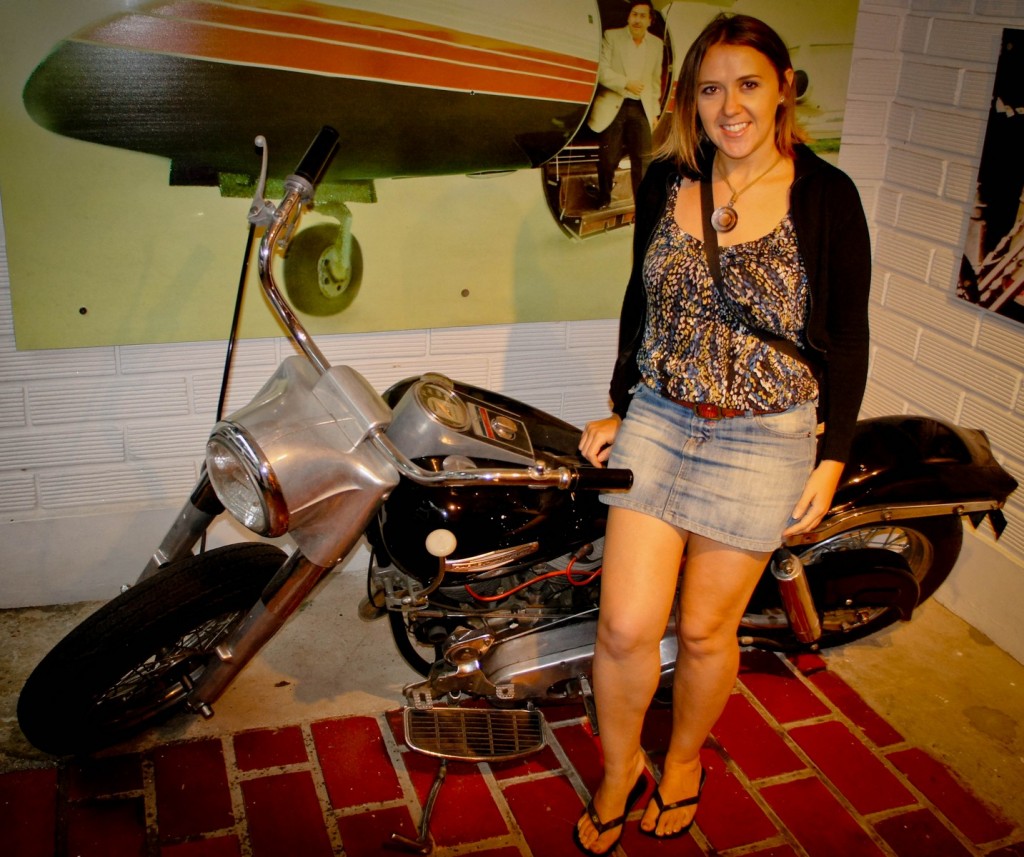
Touristy? Yes. Fascinating? Without doubt.
It is questionable if the experience is worth the steep 55,000 peso/$29 fee (the majority of which goes to various charities supporting the deprived areas of Medellin and an AIDS foundation) but the highlight of the trip is undoubtedly the opportunity to speak to Roberto in person.
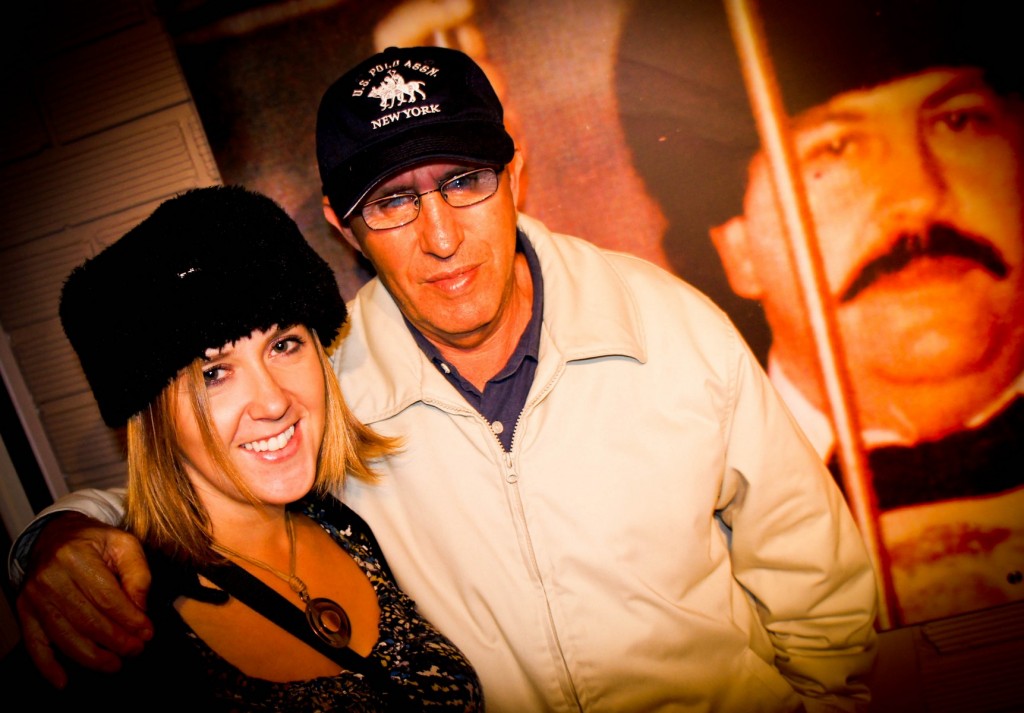
When asked if Roberto would do the same again if he could live his life over, he said ‘no’, although he did not elaborate and, to me, the answer lacked conviction. He seemed much more comfortable answering basic questions about his life in prison and how the public views him today. The house is decorated as a shrine to Pablo—whether this is for the benefit of the tour, or because Roberto is unable to move past the shadow of his younger, yet more dynamic brother, is unclear.
One thing is clear: in some areas of Medellin, Pablo is still a hero. He invested money into providing over 1000 fully furnished homes to the most poverty-stricken areas of the city. Despite being funded by drugs money, the Government allowed the houses to remain, and those that benefitted will never forget Pablo’s generosity. For this reason, Pablo has gained a mythical status along the lines of Robin Hood in much of Medellin.
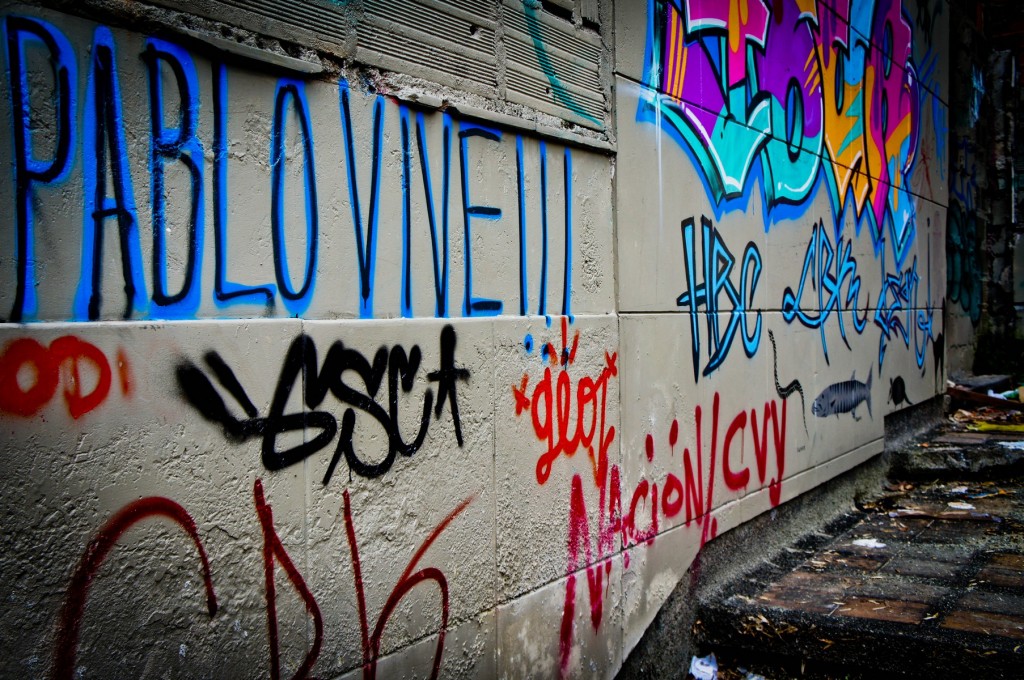
It seems that to Roberto also, Pablo will always remain a hero: a man, he says, who only attacked when provoked and who, despite everything, was a ‘good man’. Whilst the families of Pablo’s many victims, and the reports from history would testify otherwise, it is unlikely that the ‘Pablo Escobar Tour’ in Medellin will provide an unbiased view of events any time soon.
In the same way that slave trafficking was once the scourge of previous generations, drug trafficking is the scourge of ours. For every indulgence in cocaine—the trendy drug of the middle/upper classes—the cycle of violence and poverty continues, with Colombia taking the hardest hit.
If you are in Medellin it is worth going on the tour (look for the poster at your hostel). Roberto will quite likely skirt the issue on the more difficult questions, but it is interesting to meet the man who was closest to Escobar and can introduce you to the man behind the myth. The guide was very knowledgeable and answered all questions willingly, and more honestly. This tour is only going to appeal to people who are particularly interested in this part of Colombia’s history. You will not see fleets of flashy cars, playboy mansions or stacks of cocaine; incidentally the Escobar family never used cocaine themselves. Instead you will see a dilapidated building, an unimpressive grave, and the plain household surroundings of an aging man who exudes normality. But you get a fascinating insight into the life of Pablo Escobar, the man who single-handedly brought Colombia to the brink of civil war, from those closest to him.
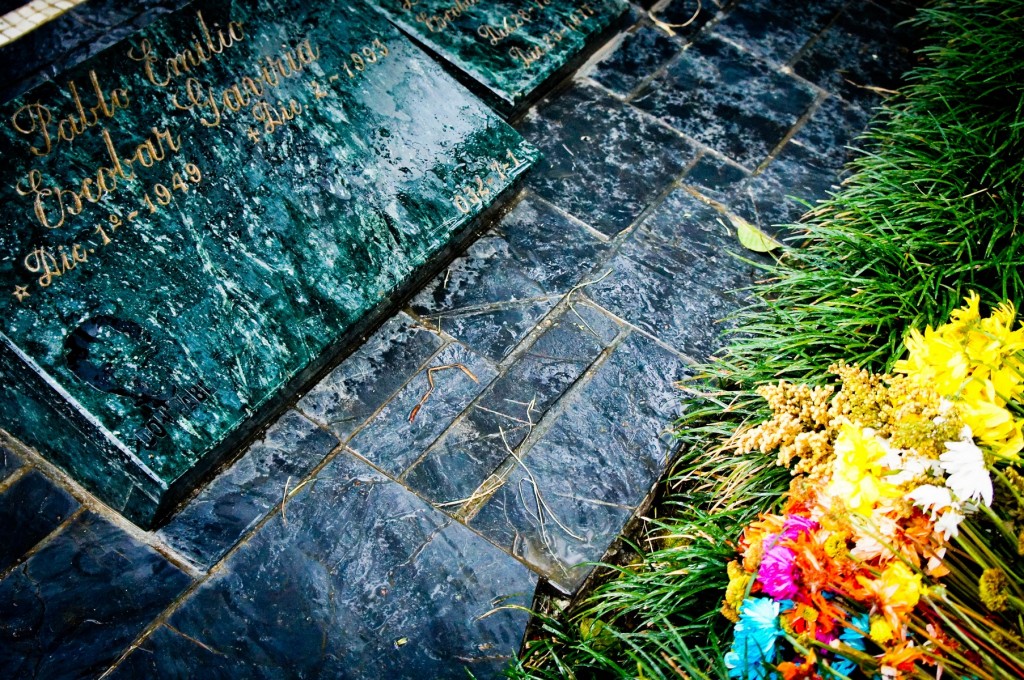
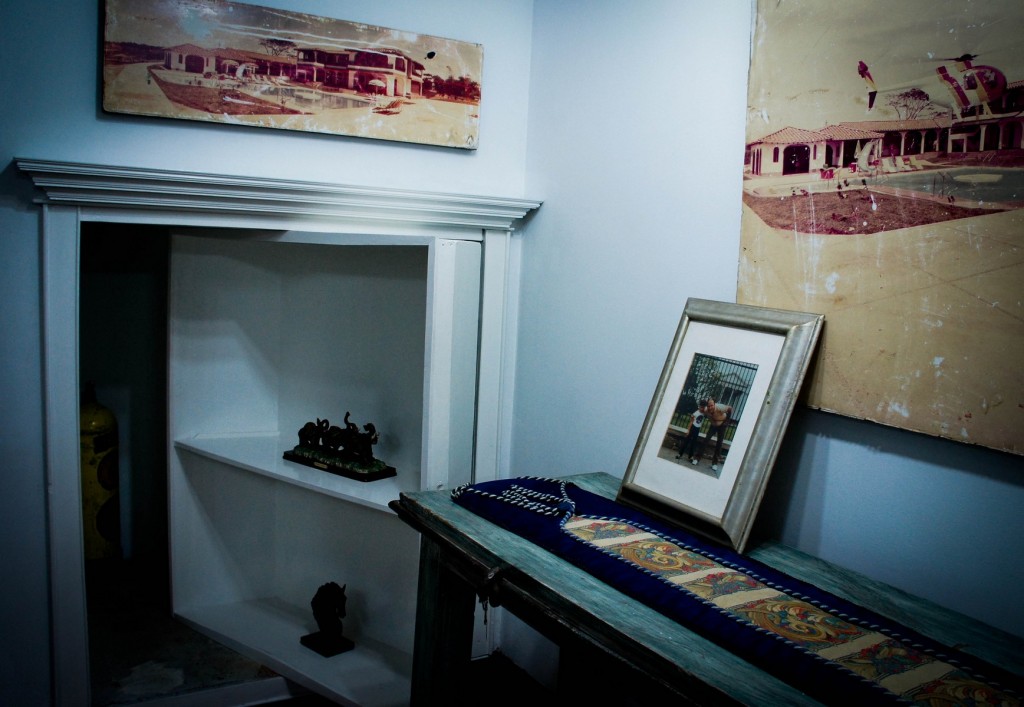
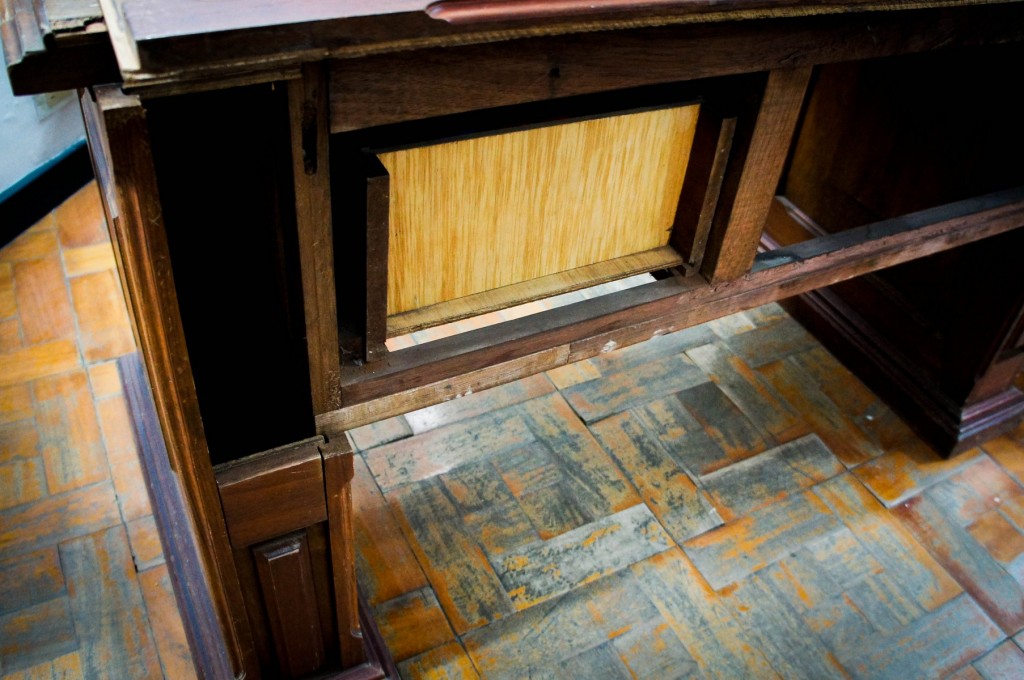
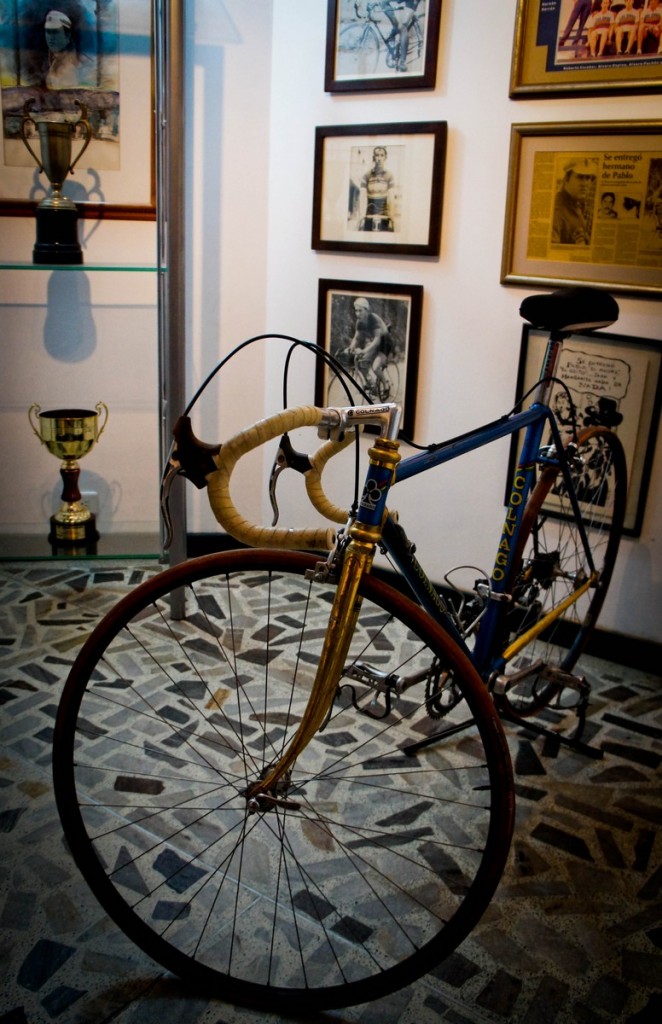
After this trip I watched ‘Sins of My Father’, a documentary about Pablo Escobar featuring his son who now lives in Buenos Aires. It is an interesting contrast from the Pablo depicted on the tour and is well worth a watch.
Whilst the money for the tour goes to charity, this type of tourism is still controversial – some people we met felt uncomfortable with the idea of the tour in general. How do you define a person who has done so many terrible things but is still viewed as a hero for the good things that they did? Should such tours exist? Would you go on a tour like this, or of any other controversial figure? Please leave your comments below.

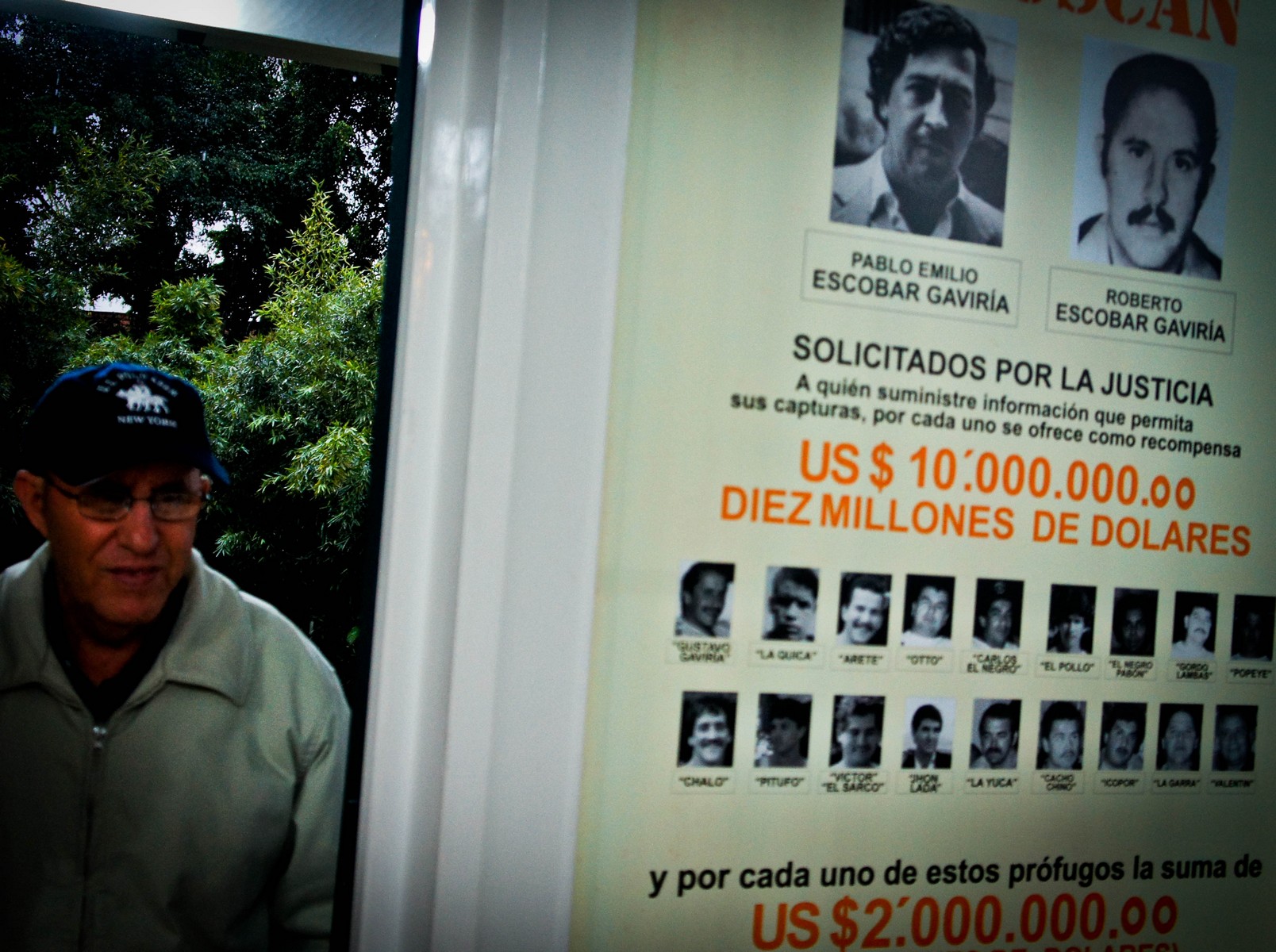
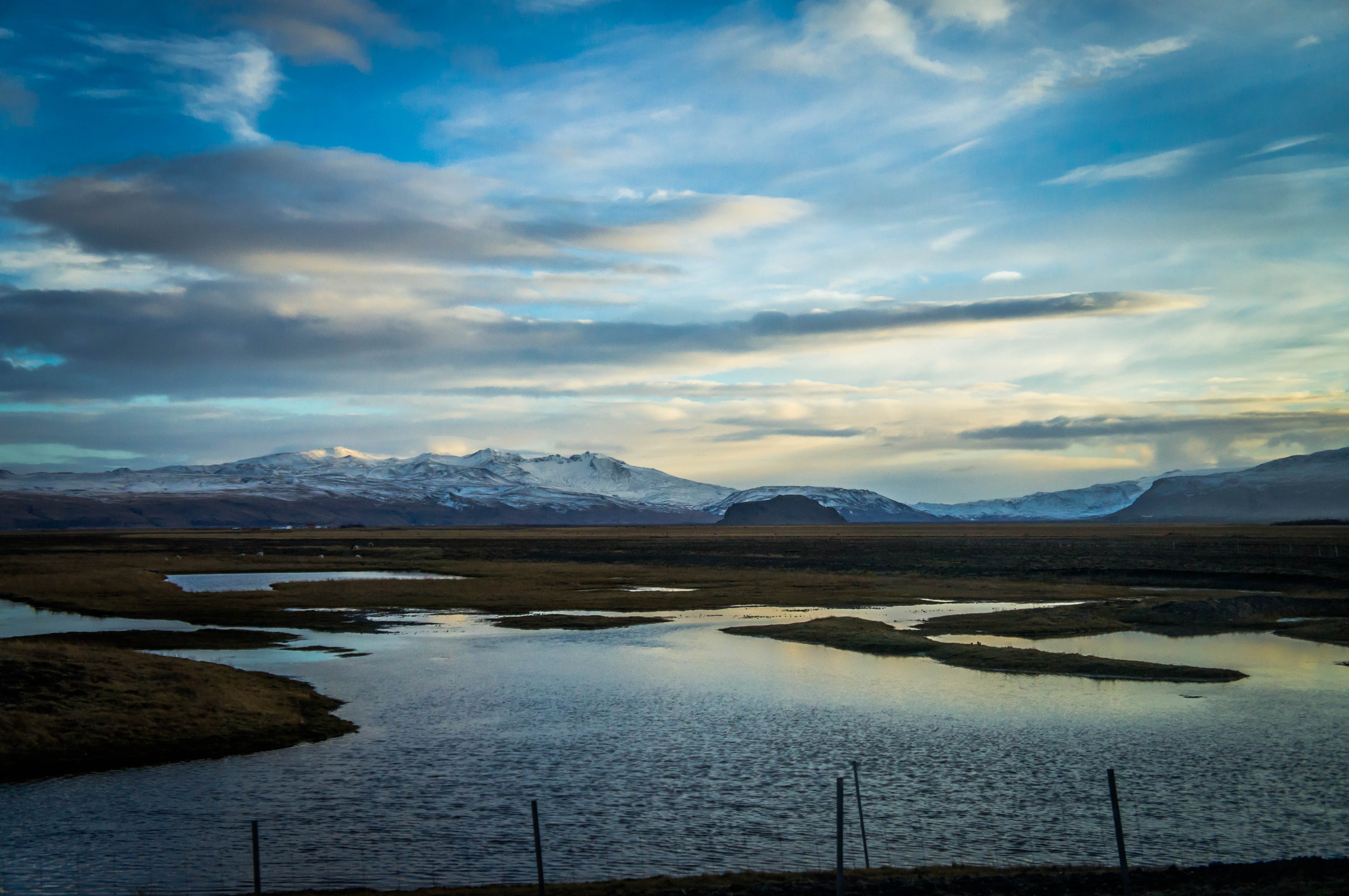
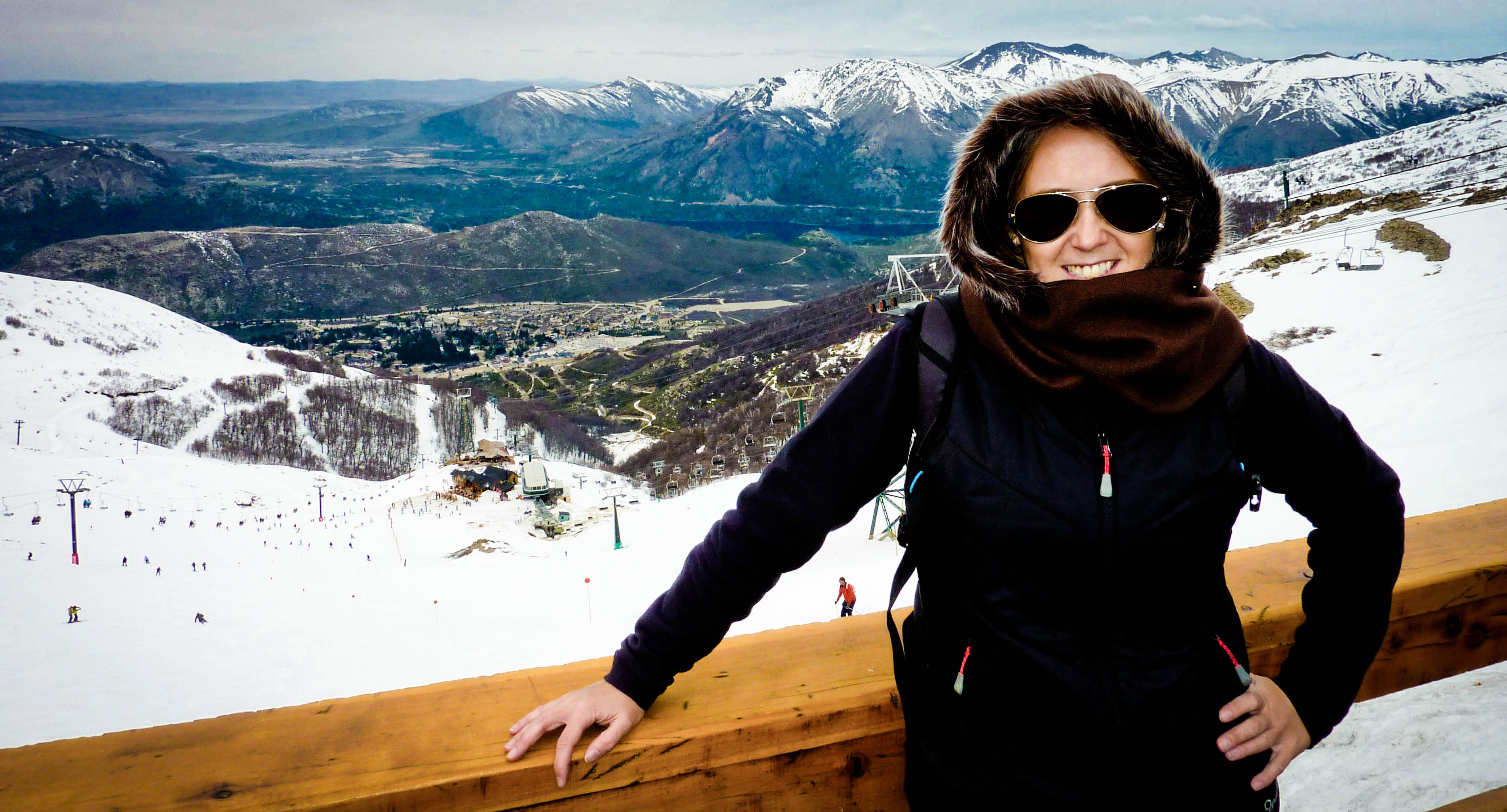
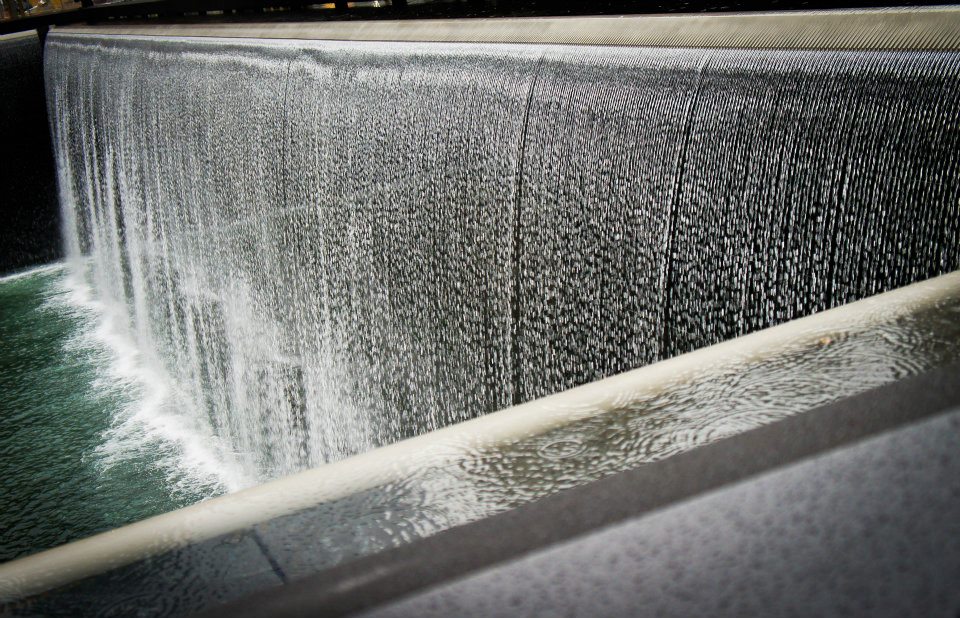
Fascinating stuff!
It was a really fascinating tour. I have been on many tours with the perspective of the victims but never of the perpetrators. Pablo Escobar and the Cartel did many, many terrible things and I don’t believe that the good things he did makes amends for that. Even his own son feels the need to atone for the sins of his father but Pablo himself never did and it seems that Roberto will not either. But it was an interesting tour nonetheless. The guide was factual and informative, we found out most information through her.
Risk of sounding kind of goody, goody, but having now read what you wrote I would love to go armed with pix of the destruction of people’s lives caused by cocaine and ask him if he feels any guilt!
Linda recently posted..A Sunrise Worth Getting Up Early For
I think you should do it! I don’t think he would answer the question though…Apparently his response to those questions is to provide some kind of justification for his brother’s actions. As Pablo invested a lot of money into the poor neighbourhoods of the city, they actually still regard him as a hero, it’s hard to show somebody that their actions are wrong when the people affected most are bought off by the perpetrators. Roberto has said in interviews before that everybody is a victim, including Pablo and the rest of the family.
I don’t know how anybody can begin to justify something of this nature. The traffickers are obviously to blame and should be held to account but it should also be considered that the people who actually use the drug, creating the demand in the first place, should also be held to account. It has amazed me on this journey how many backpackers are regularly taking cocaine because they think it is ‘the thing to do in Peru, Bolivia and Colombia’. They treat it in the same regard as eating steak in Argentina or visiting Machu Picchu. They have been surprised when I have shown no interest in doing the same – as if I am missing out on a cultural experience somehow. The Medellin Cartel paid for their crimes, Pablo met his justice and Roberto served a long prison sentence (maybe not long enough). Some of the others are still in prison now. But what of the people who are still encouraging the drug trade – all the hoardes of GAP year students who come here because they think that taking cocaine is cool, or the people at home that are doing it? They are also the ones that are keeping the cycle of violence and poverty alive. I would like to show them some pictures of the destruction caused by cocaine and see if they feel any guilt too!!
Roberto is not going to change his views now, but maybe some of those travellers could think twice about indulging in cocaine.
Hi, I’m in Medellin at the moment and we want to do the tour you did. Can you remember the company name please?
Many thanks
Hiya. It wasn’t a tour company that ran it, it was through the hostel. We were staying at Pit Stop. The tour was something that they ran daily. I think that Tiger Paw runs the same trip.
Pit Stop’s webpage is http://www.pitstophostel.com/ I think there’s an email address on there, so maybe you could book it that way?
I hope you get on the tour!
How would you like a Binladen tour? this woman doesn’t know what she is talking about. Obviously she didn’t spend some time talking to the locals and ask them what they think
Which woman are you referring to: myself or the guide? If you mean me, then I know what I am talking about as this article was written to explain what the tour was about and what we were told on it. Not as a social commentary of the Escobars. If you mean the tour guide then perhaps you are right, clearly a tour like this will be biased. From your comment I infer that you are a local, or at least have some authority about what they think. Would you care to enlighten us?
Please can you send me by mail all informations for the trip ? how i can do the pablo esobar tour with the Roberto escobar meeting ? what is the travel agency please ?
thanks
mail : soso771@laposte.net
Hi there,
can you please suggest to me a website where to book this tour?
I will go to Colombia in a couple of weeks and will be keen to do your same experience.
My email is: susyandco@hotmail.com
Thank you
As far as I know, there is no website. The tour was originally arranged by a hostel worker who had a connection with Roberto, and it extended to a few other hostels. The two hostels that I know offer the tour are Tiger Paw and Pit-Stop in Medellin. You could maybe email them directly, or call in when you are there.
Hi there… what was the name of the tour company? We’re trying to track down Roberto Escobar for a television documentary we’re producing and thought the tour company might be able to help. Cheers!
Hi. We organised it through the Pit Stop Hostel. I don’t know if there was a particular tour company. Email the hostel, maybe they can help: http://www.pitstophostel.com/
I would be very interested in watching the documentary when it comes about.